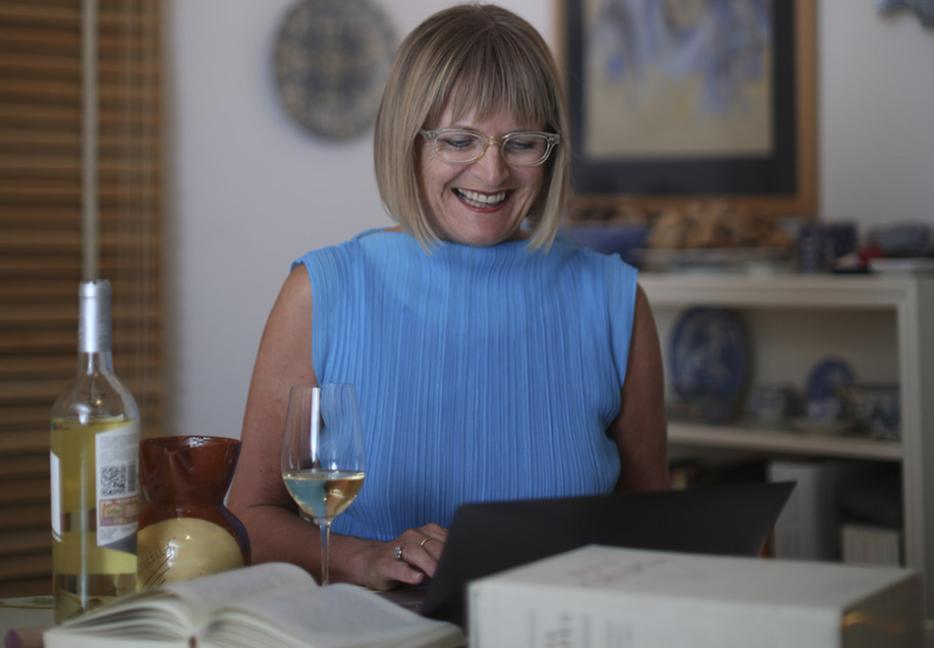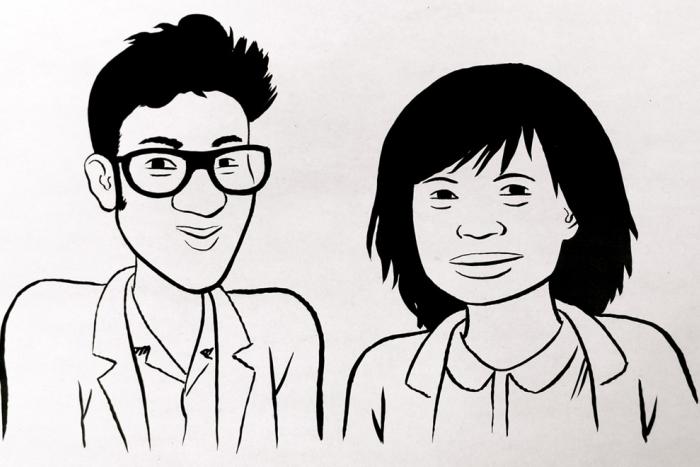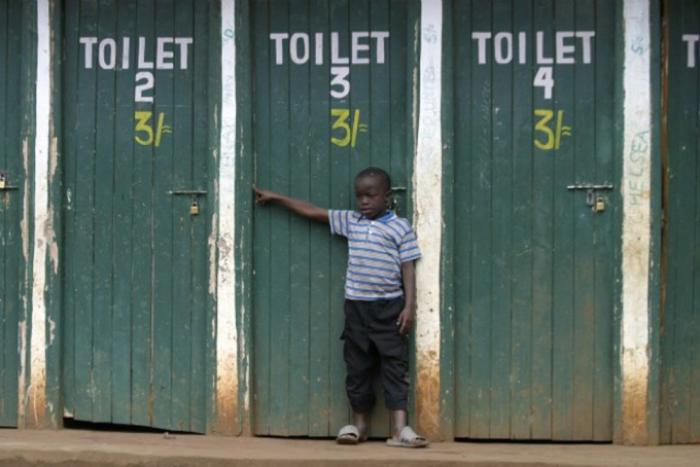When my parents were my age they would bring booze, that is to say hard liquor, to a party. Bourbon, whiskey, vodka. Maybe beer.
Yes, my mom liked bubbles (she still does) and my dad liked Chianti, but that probably had more to do with the wicker basket base than what was inside. Wine wasn’t a popular option for North American partygoers in the early ’70s, and if it was, there were really two choices: red or white.
Today, if I’m having friends for dinner, they’ll often call to see if it’s Burgundy kind of night, a Loire vibe, or maybe, if shit gets crazy, it’s Cornas. And these aren’t the “industry” friends, they’re just people who like to eat and drink at restaurants from time to time.
My, how the wine world has expanded. What was once a tight-knit club of revered winemakers, famed critics, eccentric merchants and trusted sommeliers, is now a universal augmentation of wine nerd-dom. A growing fan base with a thirst not only for a beverage made from grapes, but every shred of knowledge about said grape.
At the forefront of influence over the last 20 plus years is a figure that has only gained authority over time—the prolific wine critic Jancis Robinson.
Most will recognize the name from the Financial Times’ Food and Wine section where since 1989 Jancis has been peering up from the pink pages, with her trademark blond bob, sharp glasses and glass of wine in hand. Her bio states, “I am never quite sure how many books I have written.” I counted 22 (not including second editions). Among these are The Oxford Companion to Wine and The World Atlas of Wine, two of the most widely respected wine compendiums out there. If you have ever taken the least bit of interest in oenology, there’s a good chance you own one of the two.
She has influenced readers not by trends, relationships or geography, but by judging wines fairly and habitually. Her defining feature isn’t irreverence or style; it’s a dry and dogged democratic pursuit for greatness, and to get that greatness down on the record.
Her latest book is Wine Grapes—a 7 lb (!) objet d’art and an encyclopedic reference guide to 1,368 vine varieties. More botany, less tasting notes, similar depth. But can such a book inspire taste? I asked Robinson this, along with some other long burning questions.
What do you hope the reader will take away from Wine Grapes?
Hundreds of “fancy that!”s about how different grape varieties are related—there are 300 previously unpublished relationships in our book for a start, as well as all those that had been published only in academic journals—as well as an appreciation of how social history has shaped the geographical distribution of grape varieties. Also, a real curiosity about grapes other than the most famous ones, and a desire to maintain biodiversity and to see why it’s important to recuperate nearly extinct grape varieties.
One of the most important differences between how wine is bought today and how earlier connoisseurs viewed it has been the rise of grape varieties at the expense of geographical names. We now know wine as Chardonnay, Cabernet Sauvignon and Pinot Noir rather than as Chablis, Claret and Burgundy. Our wine-drinking forefathers would probably have been hard pushed to name a single grape variety, whereas many a wine list and supermarket aisle today is dominated by them.
When learning about wine it can certainly be much easier to divide the world of wine varietally rather than geographically, particularly if you concentrate on the handful of vine varieties that have risen to international prominence: the three so far mentioned, Merlot, Syrah (called Shiraz in Australia), Sauvignon Blanc plus the likes of Grenache, Chenin Blanc and Riesling. You might call varietal labelling a taxonomic boon.
How long has Wine Grapes taken you to complete, and how has this process been different for you?
Four years since Julia Harding and I met Jose Vouillamoz over lunch in London. He suggested writing a book about the most famous international grape varieties. I said I thought it should be about all varieties making wine commercially.
I was very involved with shaping it and making the editorial decisions, but the great initial bulk of research and writing was done by the other two Js. I wrote all the major grapes (funnily enough in view of Jose’s initial proposal) and then spent Summer 2011 going through the text and, where necessary, polishing and adding, and then wrote parts of the introduction.
Over the whole four-year period it consumed less of my time than that of Julia and Jose, although I have been very closely involved again over the last six months—so much more collaborative than most of my books to date.
Do you believe having a better understanding of grapes leads to better enjoyment of wine? Why or Why not?
Good question. Yes, I think all knowledge helps to understand and appreciate wine more.
How does someone new or relatively new to an interest in wine develop taste? A wine book, after all, doesn’t come with odorama strips, though maybe it should.
By noticing what they are drinking and discussing it with someone friendly who knows a bit more than you do. I often recommend striking up a relationship with a local independent wine retailer. Tell them what you’ve liked so far and it’s in their interests to guide you to something else perhaps a little more interesting, complex, or better value.
You live in London, but judging from your FT column travel often. What is a typical day for Jancis like?
Several hours of feeding JancisRobinson.com and working on book projects, typically in bed. Travel arrangements take up quite a lot of time too. Then up and out to a tasting or two. Then perhaps a bit of tasting at home before being fed by my restaurant critic husband [FT contributor Nick Lander, author of The Art of the Restaurateur] or I go out with him, and possibly other family members and friends.
The pure volume of your work (including purple pages) is astounding. Does writing come easy to you?
Yes it does. I’m no great stylist but I hope what I write is clear and reasonably amusing and informative.
Do you ever get out of bed thinking, “Oh god, please not more La Tâche!” Or do you revel in drinking good wine, as much as you can?
I taste genuine La Tâche typically two or three times a year at most so that specifically is not an emotion I know. And I never get tired of wine, I must say. Even though there are times when the unsolicited sample bottles loom rather menacingly…
Let’s talk about the new generation of wine folks. These are times when someone like Arianna Occipinti has “It” girl appeal, and there is a restaurant serving small-grower champagne and hot dogs that has a two-hour wait nightly. It would seem there has been a renaissance in wine in the last four or five years. Do you agree? I would love to hear your thoughts on this.
I definitely feel this. I think it’s true all around the world too, which is great. It’s so exciting that all the friends of our 21-year-old daughter seem to be interested in wine.
Why do you think this has renaissance has occurred now?
I’m not sure. Wine seems to have come of age as a massive global leisure interest. Maybe because the ethos of wine is in tune with our desire for more wholesome, artisanal things to eat and drink that we can trace right back to their roots and to particular spot on the globe. So many people seem to take up wine when they make a bit of money. Wine has become a major signifier of sophistication all over the world so now enjoys high cultural status.
It’s Friday and you’ve been to multiple tastings every day of the week. Do you: a) take a day off from wine, or b) pop open a favorite bottle? This is just to ask, is it as much for pleasure as business?
There’s a huge difference in how I view tasting (concentrated, tense, alert, having to record every reaction) and drinking (relaxed, let the pleasure wash over you) so I never get tired of the latter and it is a complement to the former.
Is Wine Grapes an advanced book, in that one should have a good base knowledge of wine to appreciate it? Or is it for everyone?
Definitely the latter. We have a glossary at the back but I don’t think we use much jargon or assume much knowledge. It’s a little like a whodunnit.
You’re on the royal wine advisory board. When I first read this, the image I had was of you pouring and saying things like “If you liked X, then this is really going to blow your mind!” That’s probably not what happens. Or is it?
I’m a member of the Royal Household Wine Committee, the only non-wine merchant member apart from Michel Roux Jr. We meet several times a year either at Buckingham Palace or Windsor Castle to taste wines blind so as to choose what goes in the royal cellar for entertaining. Outsiders might assume that we spend our time picking out the plums from the world’s vineyards for Her Majesty’s cellar but the reality is very much more prosaic. By far the majority of the wines we buy are either non-vintage Champagne (supplied at an average price considerably lower than any supermarket special offer I have come across) or relatively modest wines for big receptions, the likes of inexpensive New Zealand Sauvignon Blanc, and the most basic red Bordeaux.
I have particularly fond memories of Windsor because it was there I was lucky enough to attend a state banquet in the newly restored Great Hall for President Sarkozy and Carla Bruni during their state visit. I was admittedly a rather a long way down the table from them, but near enough to feel part of a great occasion, to gawp at the yet-to-be-anointed and admirably relaxed Camerons, and the outgoing Labour cabinet members, and able to take full advantage of the Krug and Château Margaux 1961 served in riposte to President Chirac’s much-reported scorn for British gastronomy.
Finally, does Jancis Robinson ever get drunk?
I’ve never done anything I’ve regretted but have certainly been known to mislay my Blackberry. Aaaarghhhhh!






